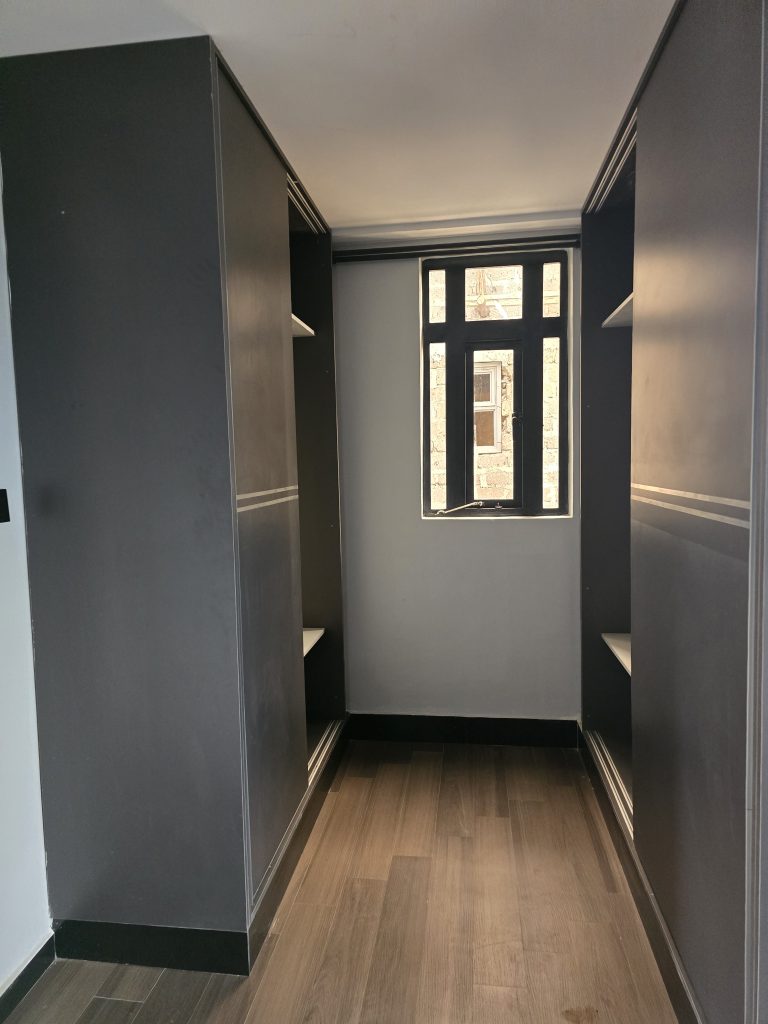It is a dream for every Kenyan to own a place they can call their home, but most of them keeps wondering where to begin in order to achieve this goal. Construction is a long process but when planned well it becomes simple and convenient.
7 Factors You Must Consider When Choosing a Design for the Dream House
For anyone to start the construction they are required to have building design that captures their dream house. The following are factors to consider when selecting the design.
1.The Size of your plot.
It is good to consider the size of your plot since this will help you decide the size of the house you will want to build; for instance, a person cannot design a house of a pan of 30 meters length when your plot span length is 25meters.
2.Environmental factors.
Weather factor is a major consideration when it comes to house design; for instance, in very hot areas like Kitengela, Mombasa, Kitui and Machakos, high ceiling buildings should be constructed in order to minimize the temperatures in the house by improving on air circulation. Also, brighter color paints are being done on exterior walls to reflect the high temperature s during the day as opposed to highland areas like Nyeri and Nyandarua that requires dull paints to absorb heat emitted by the sun.
3.Terrain of the Land.
The terrain of the Land is also very important since it helps the architect to determine the shape of the house as well as in determining the the accessibility route. The slope of the terrain is also very important in determining the drainage system of the house.
4. Construction Budget
The budget is very important when it comes to house design. Before designing the house, it is good to define the specific budget for the dream house. This will limit you to the specific amount of dollars you may want to spend. It will also help the architect to decide what size of the house to design and the types of finishes to be done as well as the construction period to be taken to complete the project.
5. Design Inspiration
Every Person has reasons that inspires their dream houses; for example, a person can be inspired by a map of Kenya and ask their architect to design a house that resembles the map of Kenya. Another person may be inspired by the marine and in that case, they request their architect to design a house that resembles any marine vessel; maybe a boat or a ship.

6. Type of the house;
The type of the house is an important consideration because everyone knows the type of house they want to build. A person may want to build a Maisonette or a bungalow depending with their budget location or the size of the family:
A Maisonette is a residential house with more than one storey but not exceeding two storey while a bungalow is a residential house with only one storey (ground floor storey only).
For a maisonette you may choose to do a flat roofed maisonette or a pitched roof one. Similarly you may want to do a flat roofed bungalow or a pitched roof bungalow.
7. Statutory requirements.
For any design every person is required to consider the statutory requirements. These requirements may be set by the county government (local authority). Or the National Construction Authority (NCA). For instance, every county government has set some areas as controlled development areas where you cannot development commercial units; for example, Muigai estate in Kitengela, Victory Garden Kitengela, Membley Estate in Ruiru County, Runda Estate in Kiambu and some parts of Karen in Ngong.
County governments also have their specified set backs standards from the boundary of the plot as well as the minimum room sizes.
National Construction Authority (NCA) formed under the NCA act of parliament of 2011 has also set regulations that defines the construction process and the personnel required for the execution of a construction project.
National Environment Management Authority (NEMA) is also another regulatory authority that was formed under the NEMA act of parliament of 2011 to regulate the environmental impact all projects both public and private. Before a project is done an Environment Impact Assessment and Audit (EIAA) report must be prepared by an environmental expert to satisfy that the project is environmentally viable.
Coming up with a dream house is stressful, expensive and time consuming. However, it also comes with benefits since it provides an opportunity to personalize your house in a way that fits your lifestyle. Whatever reason you have for building your house, keep the tips in mind and your dream will come true at one time. You can contact us at [email protected]. You can also view our Latest Projects for design inspiration.




